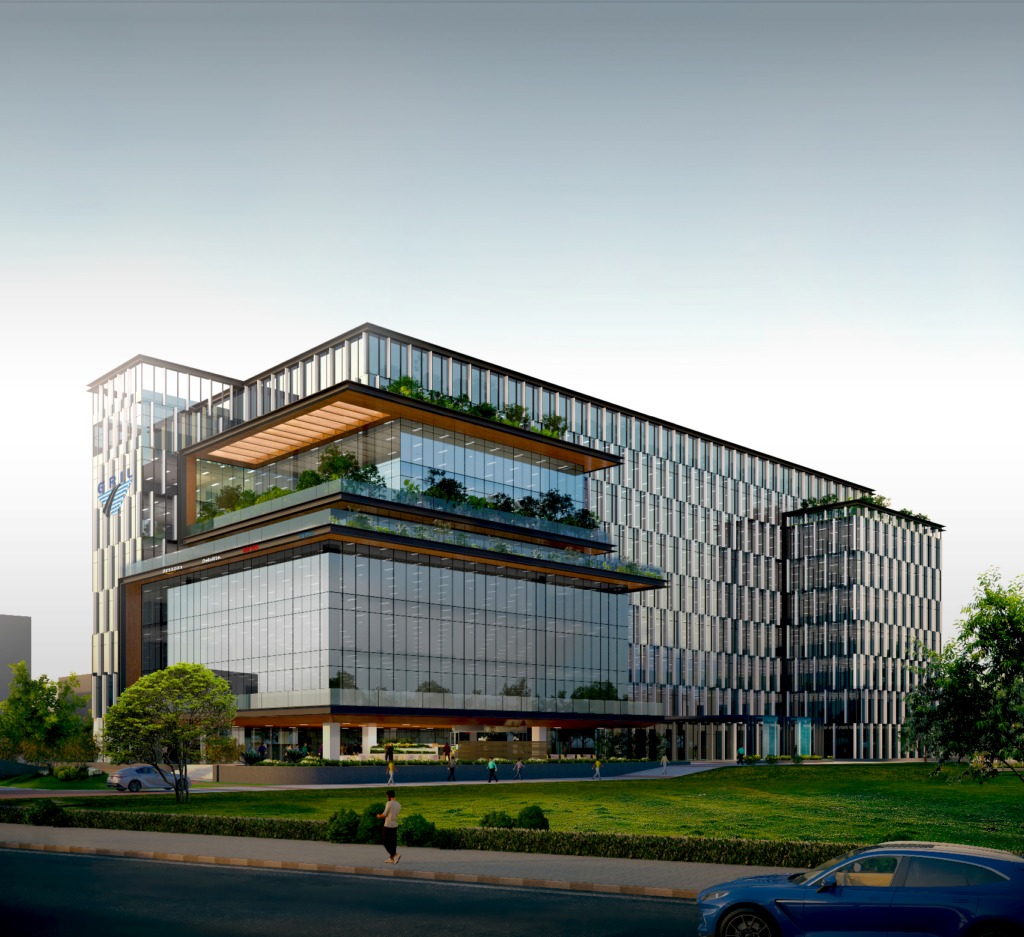
In recent years, the focus on eco-friendly and sustainable design has taken center stage in the architectural world. With climate change and urban pollution becoming critical global concerns, sustainability in building design is no longer a luxury—it’s a necessity. Sustainable architects in Mumbai are leading this revolution by integrating green technologies, resource-efficient practices, and climate-responsive designs into residential, commercial, and public infrastructure projects. As one of India’s most dynamic cities, Mumbai’s architecture is evolving rapidly, with a growing number of firms adopting sustainable principles to create spaces that are not only beautiful but also environmentally conscious.
The Rise of Sustainable Architecture in Mumbai
Mumbai, known for its dense population and high-rise skyline, faces significant environmental challenges such as limited green space, rising temperatures, and water scarcity. These factors have fueled a surge in demand for environmentally friendly architecture. Sustainable architects in Mumbai are meeting this demand by designing buildings that minimize environmental impact while maximizing functionality and aesthetics.
From the use of solar panels and rainwater harvesting systems to locally sourced materials and passive cooling techniques, sustainable architects are redefining how buildings interact with their surroundings. They are designed for longevity, energy efficiency, and low environmental footprint—all while maintaining a modern and stylish aesthetic that reflects the city’s cosmopolitan nature.
Key Features of Sustainable Architecture
Energy Efficiency
Architects are designing buildings that consume less energy through better insulation, efficient HVAC systems, and solar power integration.
Water Conservation
Greywater recycling, rainwater harvesting, and low-flow plumbing systems are standard features in sustainable projects.
Use of Eco-Friendly Materials
Sustainable projects favor recycled, upcycled, and locally sourced materials to reduce the carbon footprint of construction.
Smart Space Planning
Effective use of space ensures reduced resource consumption without compromising on comfort or usability.
Natural Lighting and Ventilation
Design strategies that optimize natural light and air circulation reduce reliance on artificial lighting and air conditioning.
Noteworthy Sustainable Projects in Mumbai
Several landmark projects in Mumbai showcase the brilliance of sustainable architects in Mumbai:
Hiranandani Gardens: This large township has incorporated sustainability in design through green landscaping, water-efficient fixtures, and solar energy systems.
Palava Smart City: Designed with a focus on sustainability, the township features an extensive green cover, renewable energy usage, and efficient urban planning.
One Avighna Park: A luxury residential project that has received LEED certification for its green design elements.
These projects demonstrate that sustainability and luxury can go hand in hand when executed with thoughtful design and responsible planning.
The Role of Technology in Sustainable Design
Technology plays a vital role in enhancing the effectiveness of sustainable architecture. Advanced design tools like Building Information Modeling (BIM) help architects simulate energy performance and environmental impact before construction begins. Smart home systems allow for real-time monitoring of energy and water usage, empowering residents to make informed choices about consumption.
Moreover, IoT-enabled devices, green building certification software, and data-driven urban planning are transforming how sustainable architects in Mumbai approach each project.
Integrating Urban Planning with Sustainable Design
While individual buildings can be made sustainable, the broader vision of an eco-friendly city requires collaboration with urban planners. This is where the connection between sustainable architects in Mumbai and urban planning firms in Delhi becomes crucial. Delhi-based urban planning firms often work alongside architectural teams in Mumbai to ensure that infrastructure projects are aligned with regional and national sustainability goals.
These firms contribute by designing walkable neighbourhoods, enhancing public transport accessibility, and developing community-centric green spaces. Their macro-level planning complements the micro-level design offered by architects, resulting in a cohesive and sustainable urban environment.
Benefits of Sustainable Architecture

Sustainable architecture goes beyond environmental preservation. It offers several tangible benefits:
Lower Utility Bills: Energy-efficient systems significantly reduce electricity and water expenses.
Improved Air Quality: Better ventilation and non-toxic materials promote healthier indoor environments.
Increased Property Value: Green buildings are increasingly preferred by buyers and tenants.
Government Incentives: Many states offer tax benefits and subsidies for green construction.
These advantages are driving both developers and homeowners to invest in sustainable solutions.
Challenges Faced by Sustainable Architects
Despite the growing interest, sustainable architects in Mumbai face challenges such as:
High Initial Costs: Eco-friendly materials and technologies can be expensive upfront.
Lack of Awareness: Many clients are unaware of the long-term benefits of sustainable architecture.
Regulatory Barriers: Outdated building codes and lengthy approval processes can slow down green projects.
However, ongoing government initiatives and increased public awareness are gradually overcoming these obstacles.
Looking Ahead: The Future of Sustainable Design in Mumbai
The future of sustainable architecture in Mumbai looks promising. With rising environmental consciousness and technological innovation, we can expect more net-zero buildings, green rooftops, and sustainable townships across the city.
Collaboration between sustainable architects in Mumbai and urban planning firms in Delhi will play a pivotal role in shaping eco-friendly urban landscapes. These partnerships can drive large-scale adoption of sustainable design principles and set benchmarks for cities across India.
Conclusion
Sustainable architecture is no longer a niche trend—it’s the foundation of future cityscapes. Sustainable architects in Mumbai are at the forefront of this movement, merging creativity with environmental responsibility to create spaces that benefit both people and the planet. From residential buildings to commercial complexes, their work is a testament to what can be achieved when innovation meets sustainability.
Among the trailblazers in this field, Morphogenesis stands out as a leading interior and architecture company that embodies the principles of green design and urban integration. With a strong presence across India and deep expertise in sustainable development, Morphogenesis continues to set new standards in eco-friendly architecture.